While the world is full of fascinating destinations, some places are so restricted that visiting them is virtually impossible. Here are ten such locations you’ll likely never be able to explore due to stringent access controls:
1. North Brother Island (United States)

North Brother Island, located in the East River between the Bronx and Rikers Island in New York City, is a hauntingly abandoned site with a complex history. Originally used as a quarantine hospital site, it gained notoriety as the location where Typhoid Mary, an asymptomatic carrier of typhoid fever, was isolated for over two decades in the early 20th century.
The island later housed a drug rehabilitation center until it was abandoned in the 1960s. Today, North Brother Island is a bird sanctuary and is strictly off-limits to the public. The New York City Department of Parks and Recreation manages the island, ensuring that its wildlife, which includes herons and other bird species, remains undisturbed.
The island’s crumbling buildings and overgrown vegetation add to its eerie atmosphere, evoking a sense of isolation and decay. Despite its proximity to bustling New York City, access is heavily restricted to protect both the island’s delicate ecosystem and the safety of visitors.
North Brother Island has also captured the imagination of urban explorers and photographers intrigued by its abandoned structures and untamed wilderness. However, trespassing on the island is illegal and strictly enforced. Only occasional authorized visits by researchers or park officials are permitted, typically for scientific studies or maintenance purposes.
The island’s forbidden status and historical significance as a former quarantine site underscore its role in public health history and its evolution into a sanctuary for wildlife. It stands as a poignant reminder of the island’s past uses and its current role in preserving natural habitats within a bustling urban environment.
2. Poveglia Island (Italy)

Poveglia Island, located in the Venetian Lagoon between Venice and Lido, is often regarded as one of the most haunted and forbidden places in the world. Its dark and eerie history dates back to Roman times when it was used as a quarantine station for plague victims. During the Black Death in the 14th century, thousands of infected people were sent to the island to die, and their remains are said to still be buried there.
In the late 1800s, Poveglia Island’s haunting legacy continued when it became the site of a mental asylum. The conditions were reportedly horrific, and there are tales of cruel medical experiments conducted on the patients. The asylum closed in 1968, but stories of ghostly apparitions and strange occurrences have persisted, adding to the island’s sinister reputation.
Today, Poveglia Island is abandoned and off-limits to visitors. The Italian government has prohibited access to protect the historical site and prevent potential accidents due to the decaying infrastructure. The only people who occasionally set foot on the island are those involved in scientific research or documentary filming, and they must obtain special permission to do so.
Despite its grim history and the ban on visits, Poveglia Island attracts the interest of paranormal enthusiasts and thrill-seekers. Its decaying buildings, overgrown vegetation, and lingering tales of supernatural activity contribute to its eerie allure.
Poveglia Island remains a forbidden place, shrouded in mystery and legend, serving as a chilling reminder of its tragic past and the countless souls who suffered there.
3. Snake Island (Brazil)
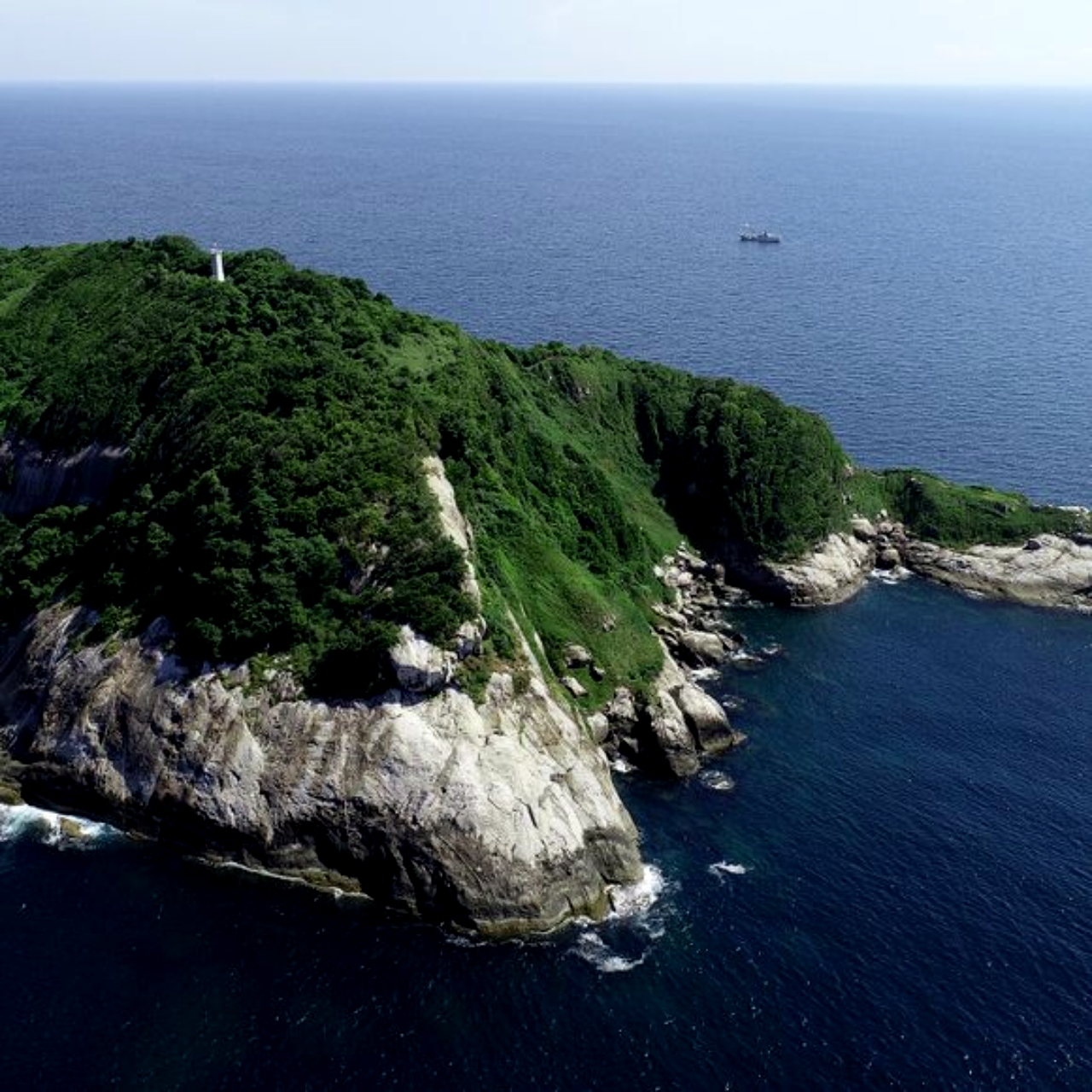
Snake Island, officially known as Ilha da Queimada Grande, is a small island located off the coast of Brazil, about 90 miles from São Paulo. It is infamous for being one of the most dangerous places on Earth due to its dense population of the golden lancehead viper (Bothrops insularis), one of the most venomous snakes in the world. The venom of these snakes can cause severe symptoms, including necrosis of muscle tissue, and can be fatal if not treated promptly.
The island’s isolation has allowed the golden lancehead viper population to thrive, with an estimated one to five snakes per square meter. This high density of venomous snakes makes the island extremely hazardous for human visitors. To protect both people and the unique ecosystem, the Brazilian government has prohibited public access to Snake Island. Only a select group of scientists and researchers with special permits are allowed to visit, primarily to study the snakes and other wildlife.
Adding to the island’s danger and mystique are the numerous legends and myths surrounding it. Local lore includes stories of ill-fated lighthouse keepers and adventurers who met grim ends on the island. These tales have further cemented Snake Island’s reputation as a forbidden and deadly place.
Despite its ominous reputation, Snake Island is an important site for scientific research. Studies conducted here provide valuable insights into the evolutionary biology of reptiles and the ecological impact of isolation. The restrictions on access ensure that this unique environment remains undisturbed, preserving both the safety of humans and the delicate balance of the island’s ecosystem.
4. North Sentinel Island (India)
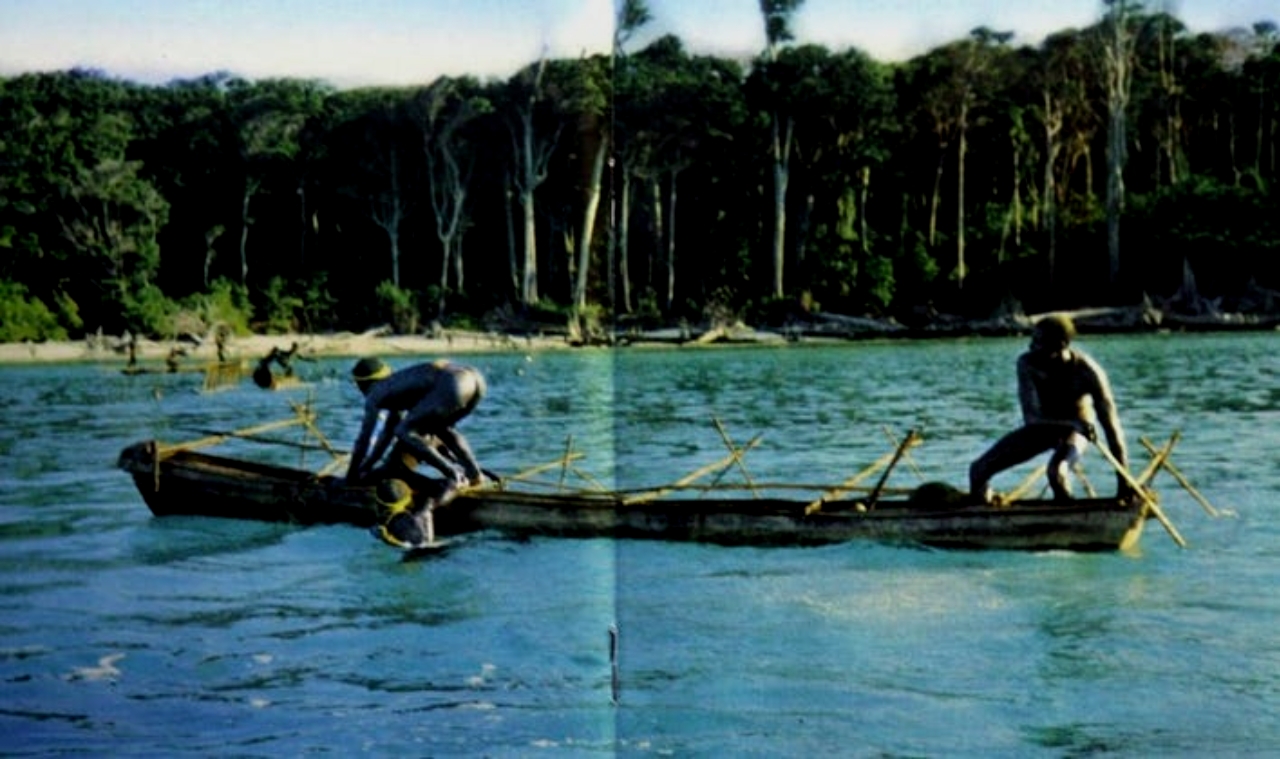
North Sentinel Island, part of the Andaman and Nicobar Islands in the Bay of Bengal, is one of the most isolated and enigmatic places on Earth. It is home to the Sentinelese, an indigenous people who have lived there for thousands of years, largely untouched by modern civilization. The Indian government has established strict regulations to protect the Sentinelese and their way of life, making the island one of the most forbidden places in the world.
The Sentinelese are known for their fierce independence and resistance to outside contact. Attempts to approach the island are met with hostile responses, as the tribe vigorously defends its territory. This isolation has allowed them to maintain their traditional lifestyle, free from external influences and diseases that could devastate their population.
In recognition of the need to protect the Sentinelese from the dangers of external contact, the Indian government enforces a three-mile exclusion zone around North Sentinel Island. Any attempt to visit the island is not only illegal but also potentially dangerous for both visitors and the island’s inhabitants.
The protection of North Sentinel Island underscores the importance of respecting indigenous cultures and preserving their autonomy. The island’s forbidden status ensures that the Sentinelese can continue to live according to their traditions, undisturbed by the outside world. This unique situation makes North Sentinel Island a remarkable example of cultural preservation, highlighting the delicate balance between curiosity and respect for those who choose to remain apart from modern society.
5. Area 51 (United States)
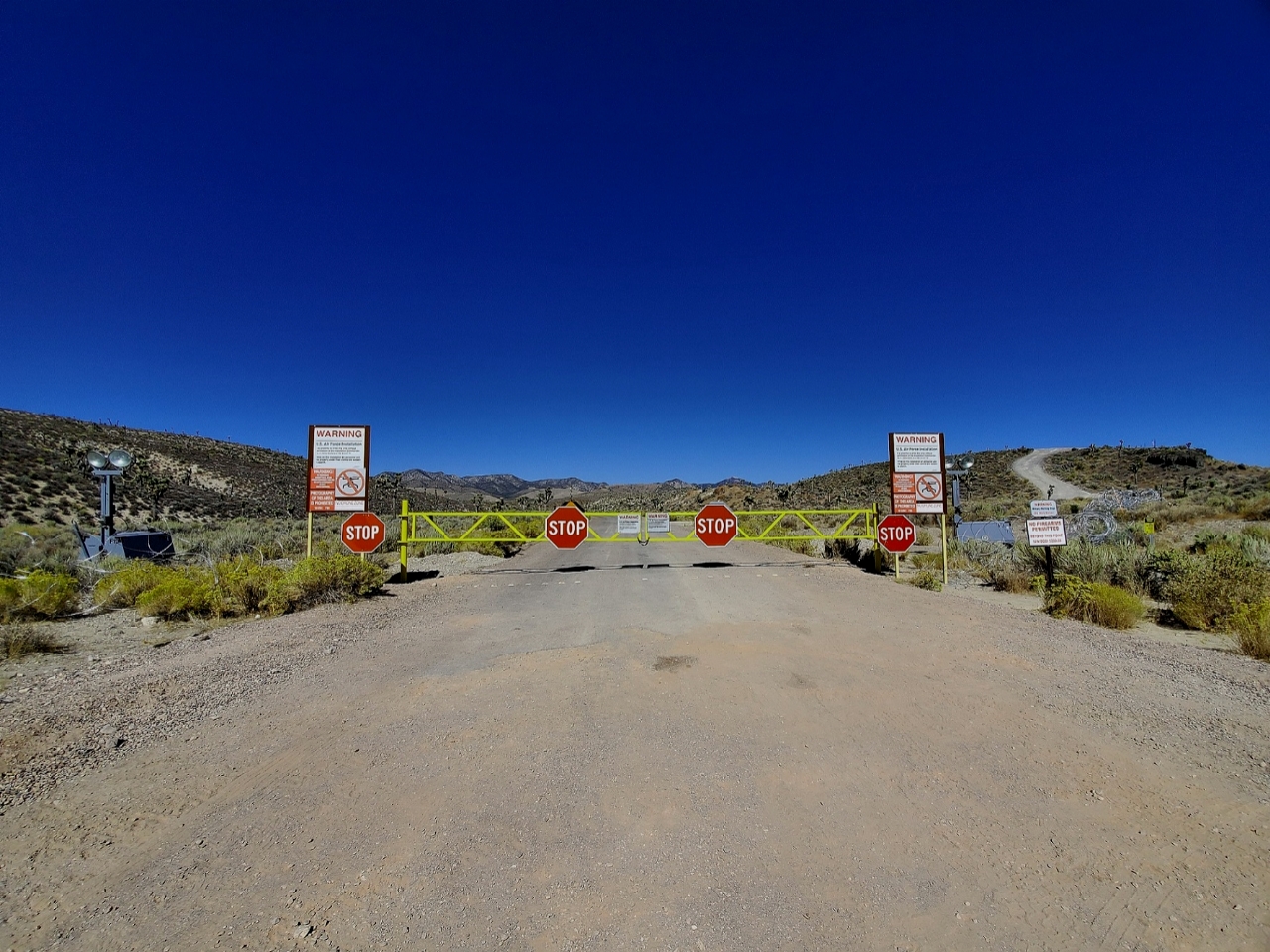
Area 51, officially known as Homey Airport or Groom Lake, is a highly classified United States Air Force facility located in the Nevada desert, approximately 83 miles north-northwest of Las Vegas. It is part of the larger Nevada Test and Training Range. Established in the 1950s, Area 51 has become synonymous with secrecy and conspiracy theories, particularly those involving unidentified flying objects (UFOs) and extraterrestrial life.
The primary purpose of Area 51 is believed to be the development and testing of experimental aircraft and weapons systems. Over the years, the site has been associated with numerous secretive military projects, including the U-2 spy plane, the SR-71 Blackbird, and the F-117 Nighthawk stealth fighter. Despite the U.S. government’s acknowledgment of the base’s existence in 2013, the specifics of its activities remain classified.
The airspace above Area 51 is restricted, and the perimeter is heavily guarded by security personnel, surveillance cameras, and motion sensors. Warning signs around the area caution against trespassing, stating that the use of deadly force is authorized. This level of security has fueled public fascination and speculation about what goes on behind the closed gates.
Due to its high level of secrecy and the severe penalties for unauthorized access, Area 51 remains one of the most forbidden places in the world. Only those with the highest security clearances are permitted entry, ensuring that the mysteries of this enigmatic site stay well-protected from public view.
6. Surtsey Island (Iceland)

Surtsey Island, located off the southern coast of Iceland, is one of the world’s newest landmasses, having emerged from the ocean during a volcanic eruption that began in November 1963 and lasted until June 1967. This island, named after Surtur, a fire giant from Norse mythology, is an invaluable natural laboratory for scientists studying ecological succession, geology, and the colonization processes of new land by plant and animal life.
What makes Surtsey truly unique is its strict protection and restricted access. The island was declared a nature reserve soon after its formation, and only a small number of scientists are granted permission to visit. These measures are in place to ensure that human interference does not disrupt the natural processes being studied. The goal is to keep the island as pristine as possible, providing a pure environment for long-term scientific research.
To date, researchers have documented the arrival and development of various species, including bacteria, fungi, birds, insects, and over 70 types of plants. The insights gained from studying Surtsey have significantly contributed to our understanding of how life can take hold in newly formed environments, mirroring processes that occurred on Earth millions of years ago.
Public access to Surtsey is strictly prohibited to prevent contamination and protect the delicate ecosystems that have developed. This level of protection ensures that Surtsey remains one of the most undisturbed natural environments on the planet, preserving its status as a vital scientific research site and a forbidden place for general visitors.
7. Lascaux Caves (France)
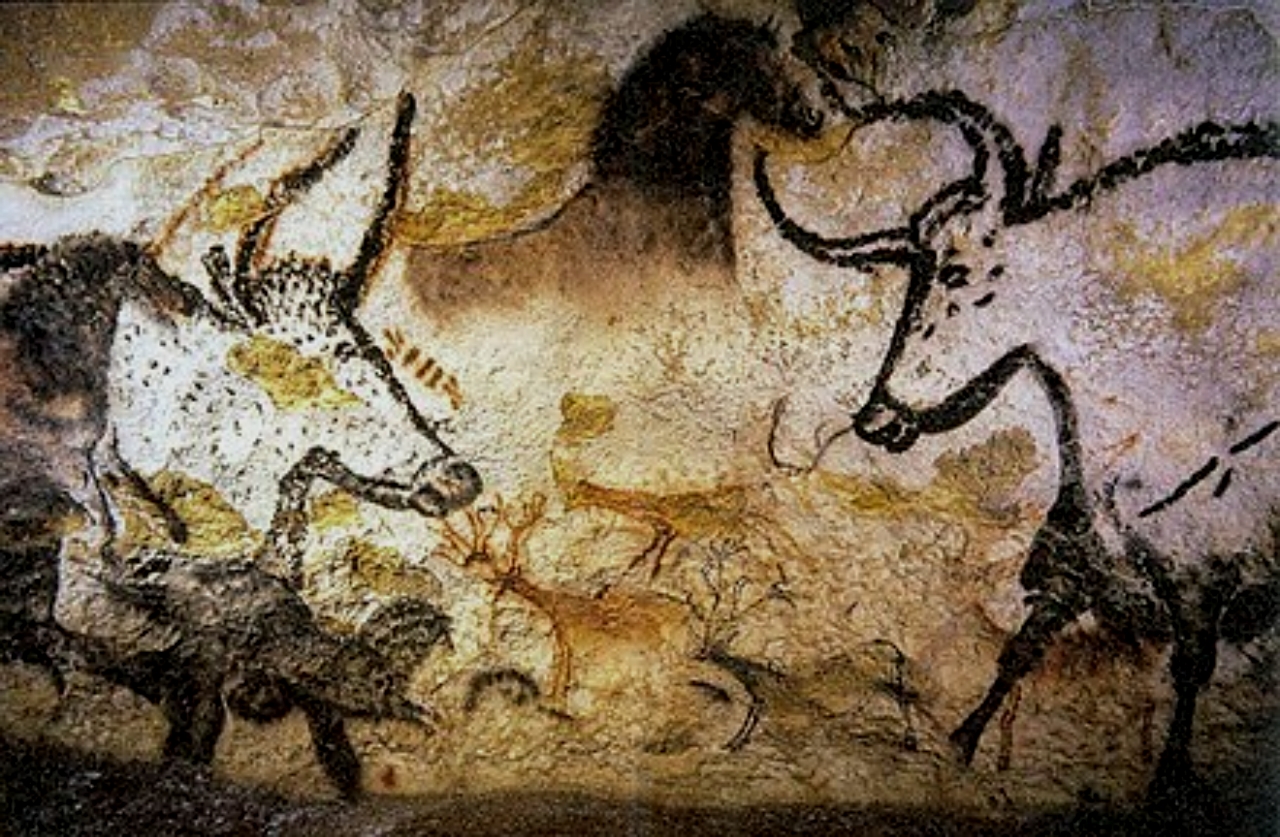
The Lascaux Caves, located in southwestern France, are a significant prehistoric site, renowned for their extraordinary Paleolithic cave paintings. Discovered in 1940 by four teenagers, these caves contain some of the finest examples of Upper Paleolithic art, estimated to be around 17,000 years old. The artwork includes over 600 painted and drawn animals, human figures, and abstract symbols, offering invaluable insights into early human creativity and culture.
Due to their immense historical and cultural value, the Lascaux Caves were opened to the public in 1948. However, by 1963, the influx of visitors had severely impacted the delicate environment within the caves. The artificial lighting and changes in temperature and humidity led to the growth of fungi and algae on the walls, endangering the prehistoric paintings.
To preserve this irreplaceable heritage, the French government decided to close the caves to the public in 1963. Today, access is restricted to a few scientists and preservation experts who work under strict conditions to monitor and protect the site. The goal is to maintain the original state of the cave paintings, preventing further deterioration.
To satisfy public interest and promote education, an exact replica of the caves, known as Lascaux II, was created and opened nearby in 1983. This replica allows visitors to experience the magnificence of the original artworks without risking damage to the fragile environment of the actual caves.
The Lascaux Caves stand as a testament to early human artistry and the ongoing efforts to protect and preserve our shared cultural heritage, remaining a forbidden yet profoundly significant place.
8. Heard Island (Australia)
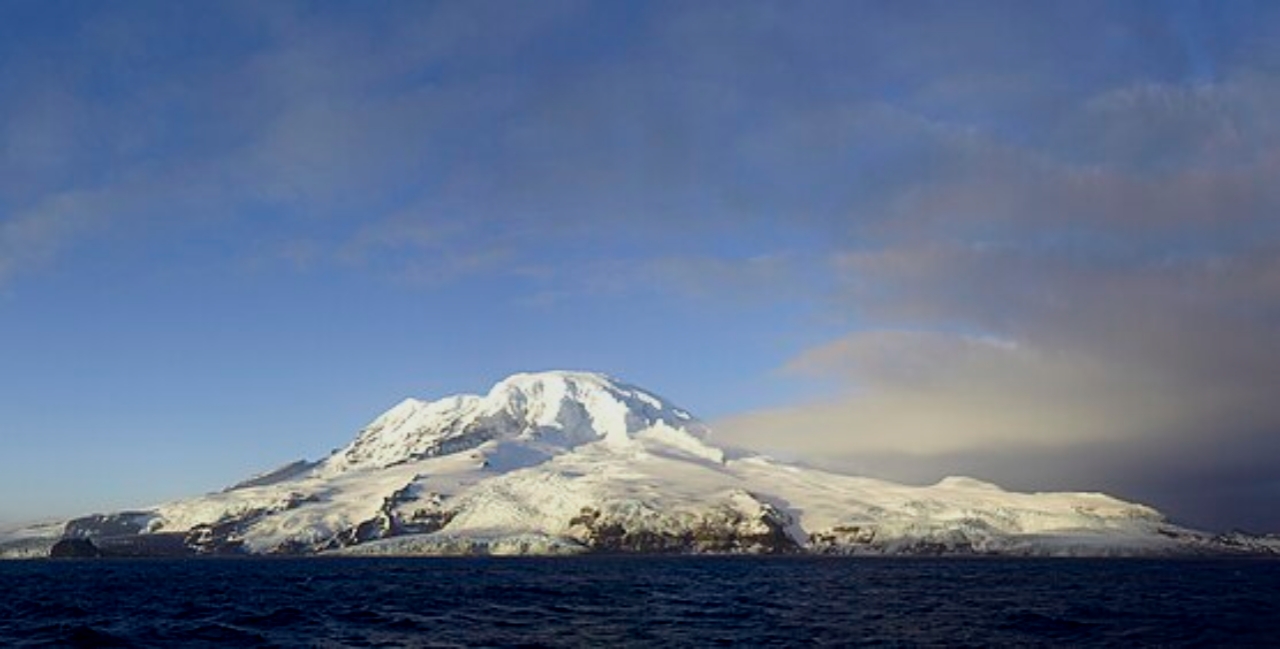
Heard Island, a remote Australian territory in the Southern Ocean, lies about 4,000 kilometers southwest of mainland Australia. Known for its extreme isolation and harsh weather conditions, the island is home to Big Ben, an active volcano with a peak covered in glaciers. Heard Island and its surrounding waters are a pristine environment, largely untouched by human activity, making it a significant location for scientific research and conservation.
The island’s inaccessibility, with its frequently stormy seas and icy terrain, naturally limits human visitation. However, to further protect its unique ecosystem, access to Heard Island is highly restricted. The Australian government enforces strict regulations, permitting only a few scientific expeditions to study its flora, fauna, and geological features. These expeditions require extensive planning and are subject to rigorous environmental guidelines to minimize human impact.
Heard Island is home to diverse wildlife, including large populations of seals, penguins, and seabirds. Its isolation has allowed these species to thrive without significant human interference. The island is also of great interest to geologists and climatologists, who study its active volcanic activity and the impact of climate change on its glaciers and ecosystems.
Given the stringent access controls and the extreme conditions, Heard Island remains one of the least visited places on Earth. Its forbidden status underscores the importance of preserving such rare natural environments, allowing scientists to conduct essential research while ensuring that the island’s pristine condition is maintained for future generations.
9. The Vatican Secret Archives (Vatican City)
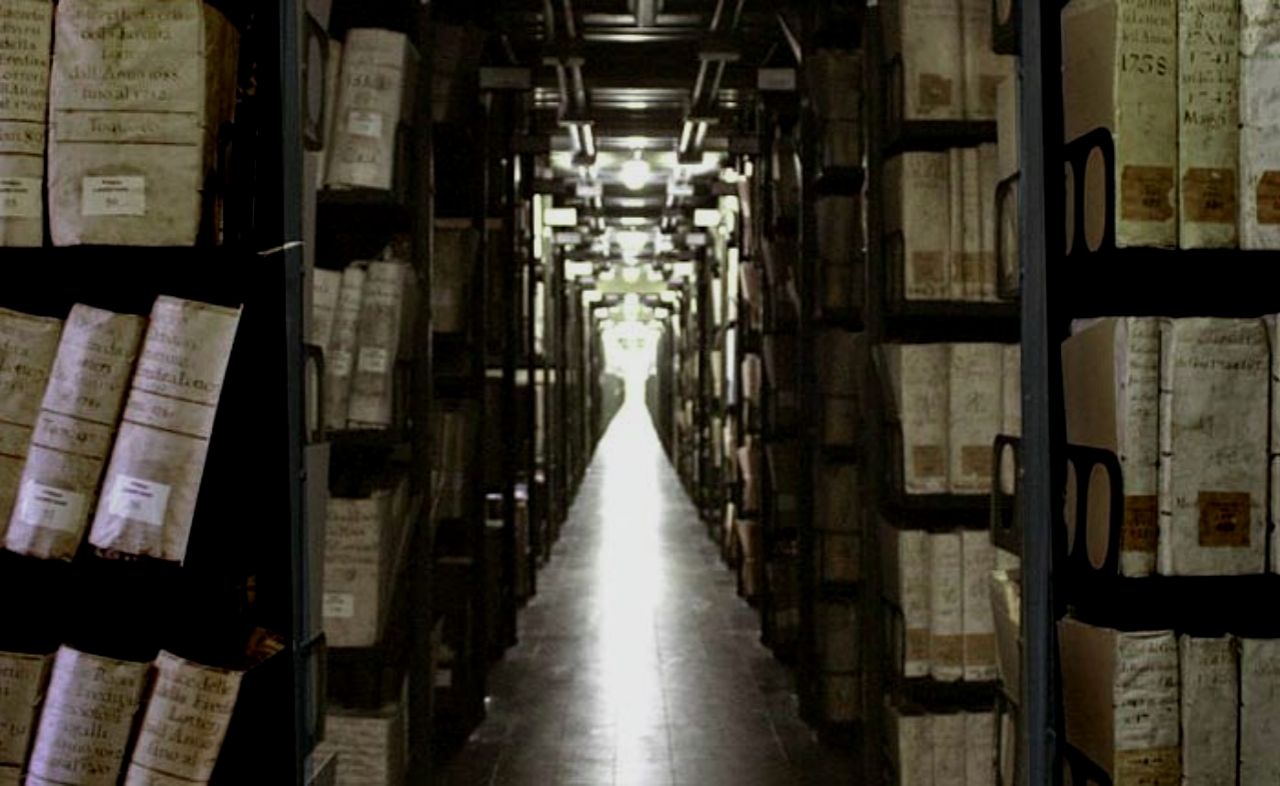
The Vatican Secret Archives, officially known as the Archivum Secretum Apostolicum Vaticanum, are one of the most mysterious and restricted places in the world. Located within Vatican City, these archives house an immense collection of historical documents, spanning over 12 centuries of history. Despite their name, “secret” in this context refers to their private nature, meaning they are the Pope’s personal archives.
The collection includes state papers, correspondence, papal account books, and numerous other documents that have been accumulated by the Catholic Church over the centuries. Among the most notable items are letters from Michelangelo, documents related to the trial of Galileo, and correspondences concerning the excommunication of Martin Luther. The archives also contain sensitive documents pertaining to the Church’s role in various historical events.
Access to the Vatican Secret Archives is highly restricted. Only qualified researchers with specific academic credentials and a clear purpose related to their study can request entry, and even then, they must undergo a rigorous application process. Those granted access can only view a limited number of documents per visit and must work under strict supervision.
This level of control is necessary to protect the delicate and priceless documents housed within the archives. The restrictions also help maintain the confidentiality of sensitive information. As a result, the Vatican Secret Archives remain largely inaccessible to the general public, preserving their aura of mystery and intrigue.
The archives serve as a vital repository of the Church’s historical records, ensuring that the heritage and secrets of the Vatican are meticulously preserved for future generations, while remaining a forbidden and enigmatic place to most.
10. Svalbard Global Seed Vault (Norway)
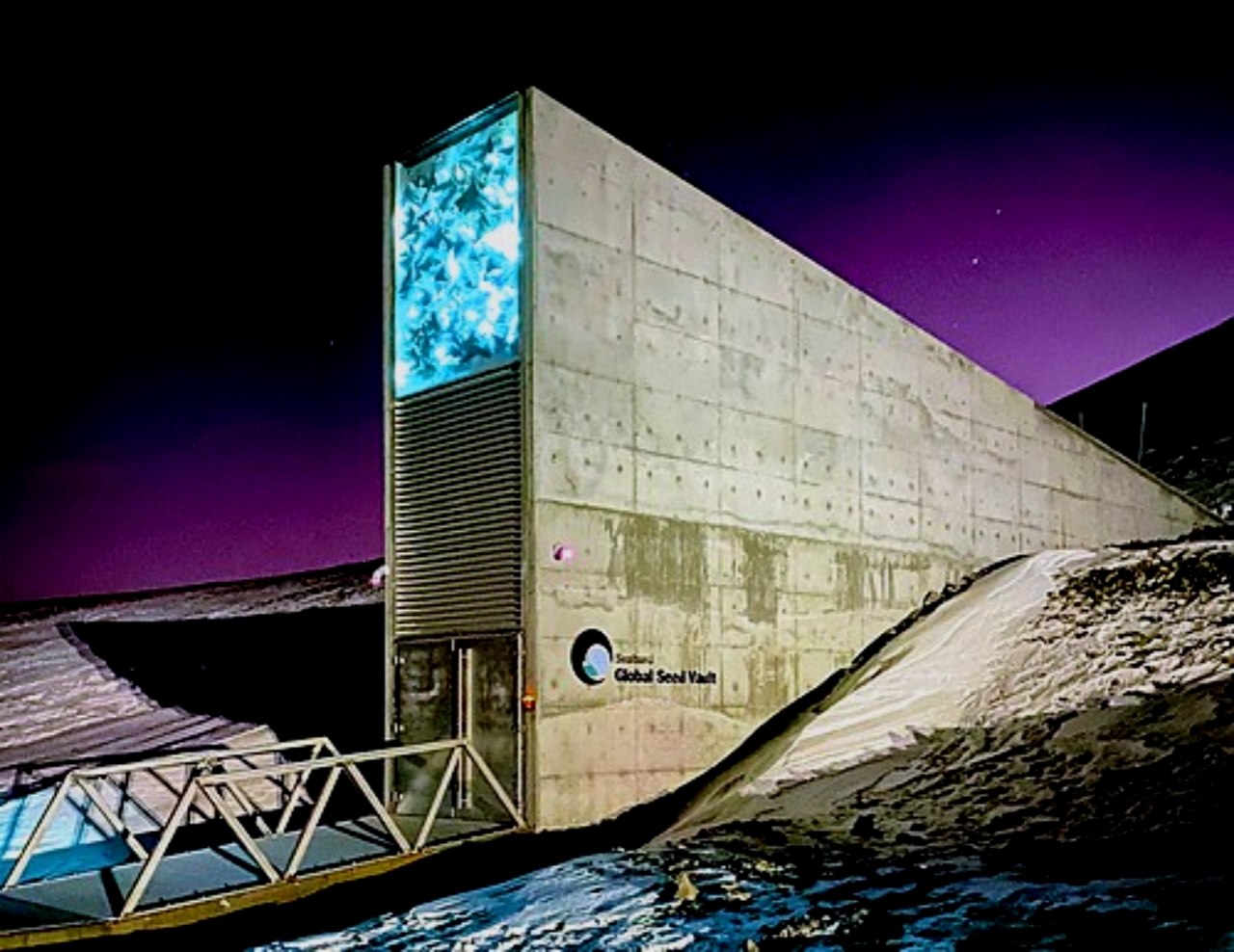
The Svalbard Global Seed Vault, often referred to as the Doomsday Vault, is located on the remote Svalbard archipelago in Norway, about 1,300 kilometers from the North Pole. Built into the permafrost inside a mountain, this secure facility serves as a global backup for the world’s seed banks, safeguarding vital crop diversity and ensuring food security for future generations.
Despite its critical role in preserving agricultural biodiversity, the seed vault is a highly restricted and forbidden place for most people. Managed by the Norwegian government in collaboration with the Crop Trust and the Nordic Genetic Resource Center (NordGen), access to the vault is strictly limited to authorized personnel. Only a handful of employees and selected scientists are allowed entry under tightly controlled conditions.
The vault’s remote location, extreme climate, and rigorous security measures contribute to its aura of secrecy. Multiple layers of security, including blast-proof doors, motion sensors, and surveillance cameras, protect the seeds stored within the facility. The aim is to prevent any potential threats, whether natural disasters, human interference, or geopolitical events, from compromising the integrity of the seed collections.
Despite its restricted access, the Svalbard Global Seed Vault has become a symbol of global collaboration and resilience in the face of environmental and agricultural challenges. It represents humanity’s commitment to preserving the genetic diversity of our food crops, ensuring that essential plant varieties are safeguarded against the uncertainties of the future. Thus, while inaccessible to the public, the seed vault stands as a beacon of hope and preparedness for a sustainable global food supply.






